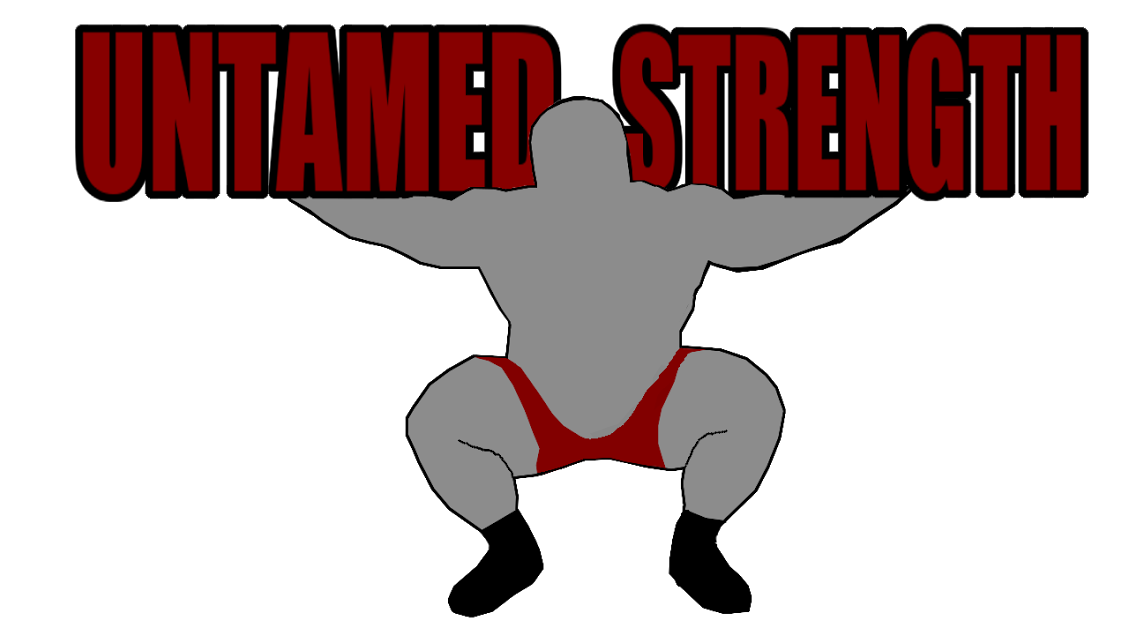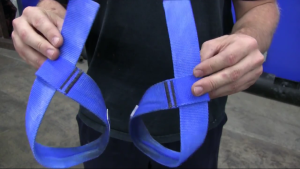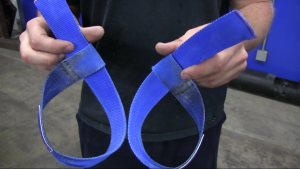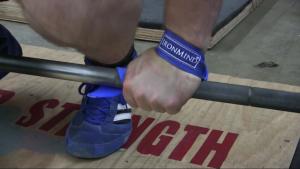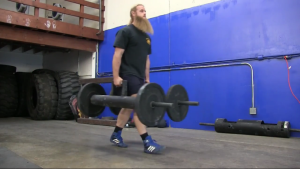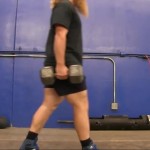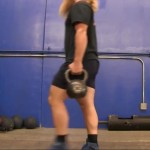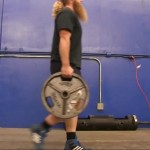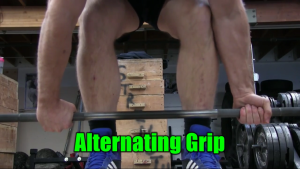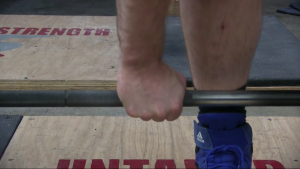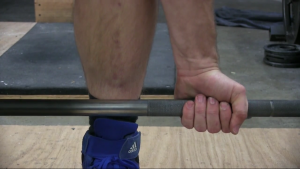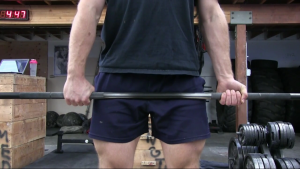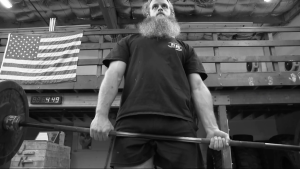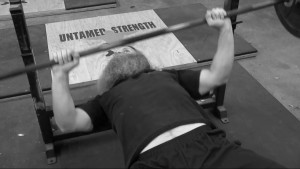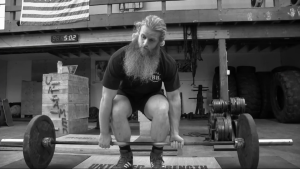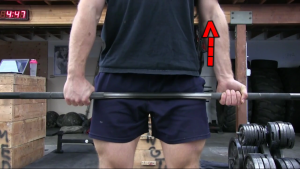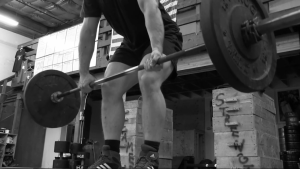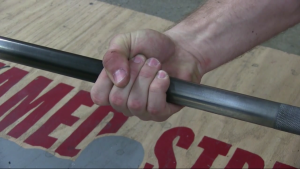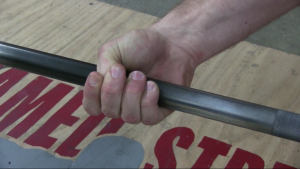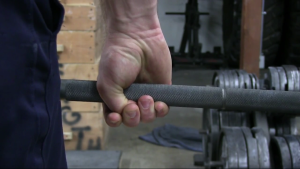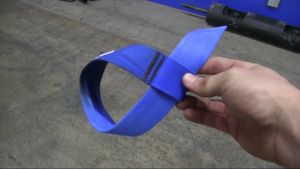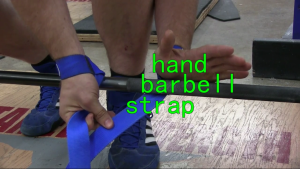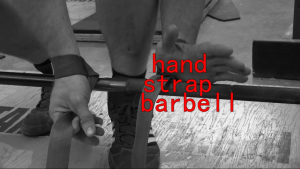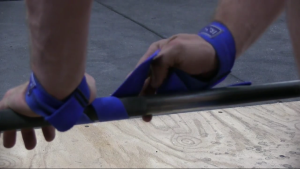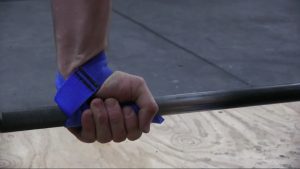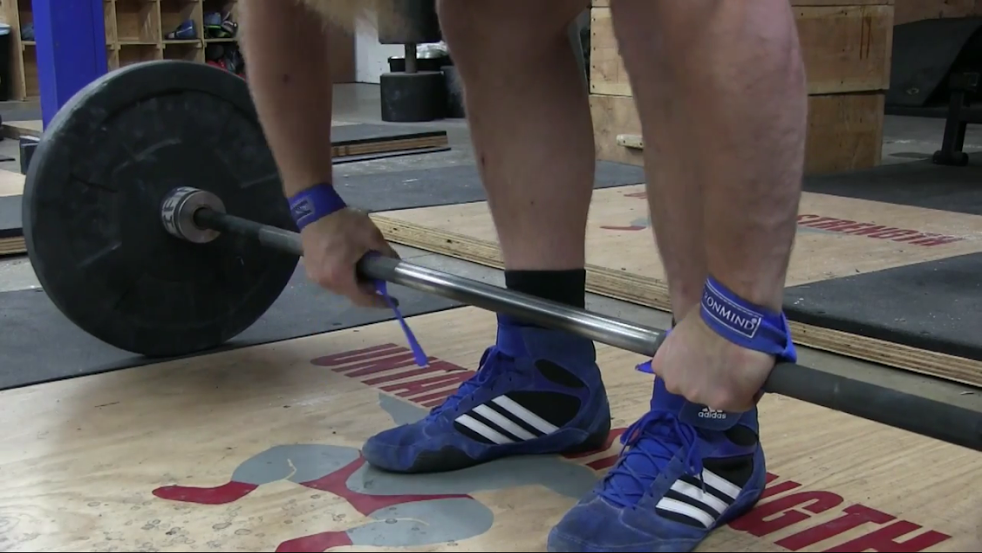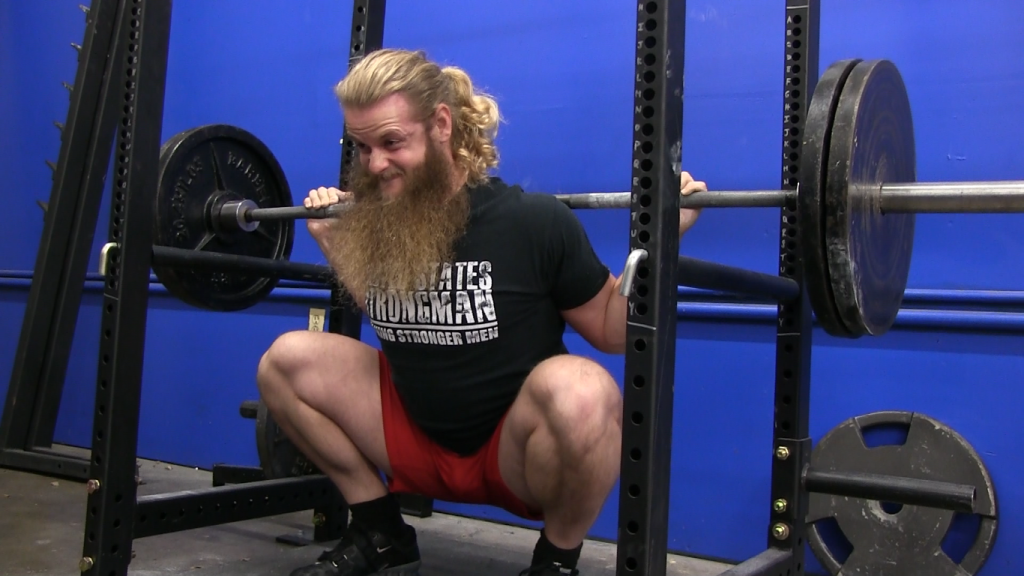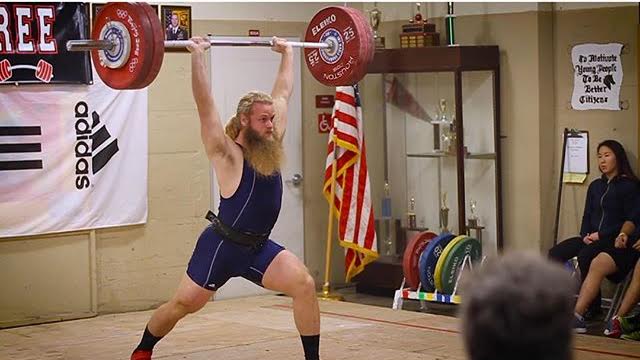Published on November 11, 2015
When should you use Lifting Straps? When should you not use Lifting Straps? How do you use Lifting Straps? All of these questions are answer along with a brief tutorial on various Deadlift grips.
I have been asked many times about my opinion of lifting straps.
Do I use them? When should they be used? Do I consider them cheating? Are they just a waste of time?
In this article I am going to address your questions and tell you when and how to use lifting straps.
First, what the heck are lifting straps?
Lifting straps are strips of material (usually nylon, leather, or canvas) that wrap around your wrist and around the barbell to ensure a secure grip.
Before I talk about lifting straps I want to address deadlift grips because the majority of people who use lifting straps will be using them for deadlifts.
Deadlift Grips
A double overhand grip is the position that a beginner will grab a barbell because it makes the most sense.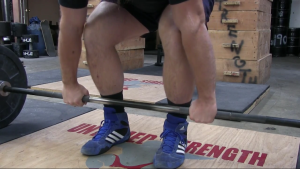
Eventually, the lifter’s strength will increase to a point where grip becomes a limiting factor. 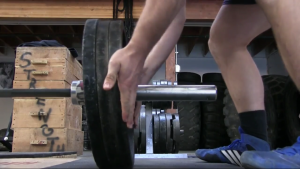
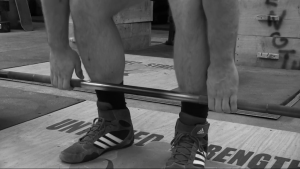
The big muscle groups of the legs and back will be strong enough to move a weight but their lack of grip strength will not allow them to pick the barbell up.
What should someone do in this situation?
Well the first solution should be to strengthen your grip. My favorite way to increase grip strength is with high rep deadlifts. 2-3 sets of 10-15 reps with a double overhand grip. Decreasing the weight and doing higher reps will tax the hands and forearms enough to force them to get stronger.
I also like farmer’s walks for a long distance.
Twice a week I would suggest performing 3-4 sets of 30 second farmer’s walks with Farmer’s handles, dumbbells, kettlebells, or plates.
Aside from actually strengthening your grip there are other ways you can make gripping the barbell easier. You can use an alternating grip.
Most people prefer to place their dominate hand in the overhand position and their non-dominant hand in the supinated position.
This prevents the barbell from rolling in the hands because as it rolls down one hand it rolls up in the other.
This grip can be used when the weight gets too heavy to handle with a double overhand grip. I would suggest always warming up with a double overhand grip to get some extra grip work in before switching to alternating grip.
Beware, alternating grip can cause some problems.
Having one hand in the supinated position and one hand in the prone position places uneven stress on the shoulders.
Personally, I not iced that after a year of consistently deadlifting for high reps with an alternating grip I had a huge imbalance in my traps. The trap on my supinated hand was much bigger than the trap on my prone hand. It was so bad that I could feel the imbalance when I laid on my back to bench press.
So, I decided I would just switch hand positions and go from there; easy fix, right? Not exactly, I felt like I was trying to wipe my butt with my non-dominant hand. It was extremely uncomfortable and I felt like I was twisting and leaning to get down to the barbell.
This severely affected my ability to deadlift.
The alternating grip can also place a lot of stress on the bicep of the supinated hand because of our instinct to move the barbell with our hands. Anyone who has had a bicep injury might want to stay away from supinating the arm of the injured bicep.
Some people also might notice that the supinated hand will let the barbell drift away from their body.
Letting the barbell drift away from your body while deadlifting is not good.
With all of that said, I am in no way telling you that using the alternating grip is bad. There are thousands of great deadlifters who have used the alternating grip for years with no problems. I am just advising you to not getting carried away with the alternating grip. Only use it when you need it.
Switching grip positions each set or each training session can be done but you usually tend to prefer one side over the other and you start to favor it; eventually ditching the other.
I actually gave up using alternating grip all together because of the problems I’ve had with it.
What do I do now?
Hook Grip
The hook grip is a style of grip that all Olympic weightlifters use. Instead of wrapping your thumbs over the top of your fingers you place your thumb on the barbell and wrap your fingers on top.
This allows the weight of the barbell to lock your thumbs into position.
Your thumbs act as a “hook.” This makes the weight easier to hold but it hurts like hell. If you decide to try it, just stick with it, your thumbs will eventually get used to it.
Lifting Straps
Now that you are better educated on grip positions let’s talk about lifting straps.
When it’s okay to use straps:
#1 Hand Injury – Lifting straps should always be used if the lifter has a hand injury that prevents them from gripping the barbell. A torn callus, a sprained/dislocated finger are valid reasons to use straps.
#2 Shoulder / Bicep Injury – Like I said earlier, alternating hand positions place uneven stress on the shoulders and bicep and if you have had a recent injury to those parts of your body I would suggest deadlifting with the hook grip or lifting straps on your heaviest sets.
#3 Plenty of Grip Training Elsewhere – If you are already getting more than enough grip training in other parts of your routine, for example, Strongman training. When I’m gearing up for a strongman competition I frequently use straps for deadlifts. I might be training the axle bar continental clean, weight carries like Farmer’s, Frame, or Hussafel, atlas stone loads, keg loads, all in the same week as my deadlifts. Deadlifting with straps is not a big deal because I am getting plenty of grip training through other exercises and actually, NOT training with straps could negatively affect me because I might overtrain my grip.
#4 Assistance work – You need to use your judgment when deciding whether or not you should use straps for assistance work. It all depends on what you are trying to get out of your assistance work. Barbell and Dumbbell rows are a great exercise for building your upper back. They are also great for increasing grip strength. If you are relatively new to lifting and your deadlift volume is low (around 1, 2, or 3 sets of 5 reps) and you notice that your grip is starting to fail I would suggest starting to incorporate some high rep STRAPLESS barbell/dumbbell rows as a grip strengthener.
However, if you are a strong deadlifter who struggles with locking the weight out at the top and grip is not an issue you might use high rep barbell/dumbbell rows as an upper back strengthener, not necessarily a grip strengthener. In this case, using straps to handle heavier weights is fine.
#5 Rack Pulls / Barbell Shrugs – When you are handling more weight than you can pull from the floor. Using Straps for Rack pulls or barbell shrugs with a weight at or above your deadlift max is okay.
#6 Competition – You are not allowed to use lifting straps in Powerlifting but you are allowed to use them in a Strongman Competition. Use them. You do not get extra points for not using straps.
When it’s NOT okay to use straps:
#1 Less than 2 Years of Lifting Experience – In my opinion, if you have been lifting less than 2 years you don’t need to worry about using lifting straps in the gym. I understand that everyone’s starting numbers and progress will be different but I think that as a beginner you have so much room to grow within the first couple of years of lifting and you should use that time to strengthen your grip rather than use straps.
#2 “My hands hurt” – DO NOT use straps just because your hands hurt from deadlifting. That is all a part of the process of getting stronger. You shouldn’t skip a training session because your muscles are sore and you shouldn’t use “my hands hurt” as a reason to deadlift with straps. Suck it up, buttercup.
#3 Curls, and stuff like that – Lastly, do not use lifting straps for pull-ups, hanging leg raises, or any form of curl. I’m just going to leave it at that.
How To Use Lifting Straps
Now, as promised, I will cover how to use lifting straps. It might seem pretty obvious but at every single strongman competition I’ve attended I see someone using them incorrectly or someone not using them because they don’t know how.
There are many types of straps but for this video I will cover the most common style. The loop strap.
Place the strap over your wrist so that the end of the strap is going in the direction of your thumb. 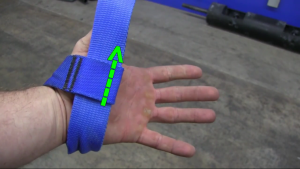
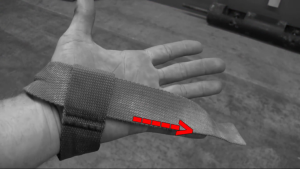
Secure the strap tight against your wrist. Now place your non-dominant hand on the barbell.
Next, wrap the strap under the barbell.
Do not wrap the strap over the barbell. The order should be hand, barbell, strap; Not hand, strap, barbell.
Now wrap the strap around the barbell in toward the other hand. Once the strap is wrapped around the barbell you can spin and tighten the strap until you feel a secure grip.
Repeat with the dominant hand.
Thanks for reading. If you found this article helpful make sure you sign up for the Newsletter for more content!
TRAIN UNTAMED!
